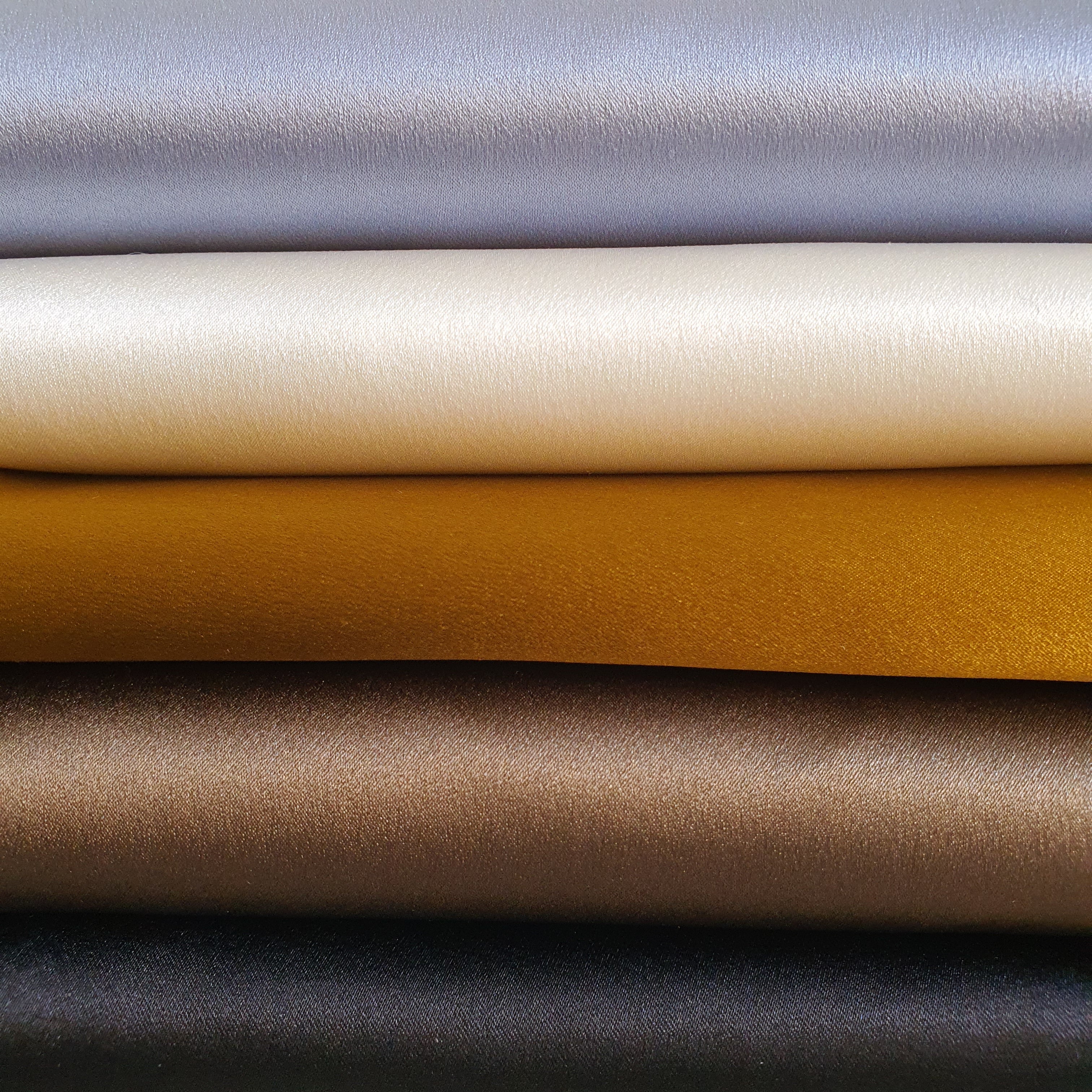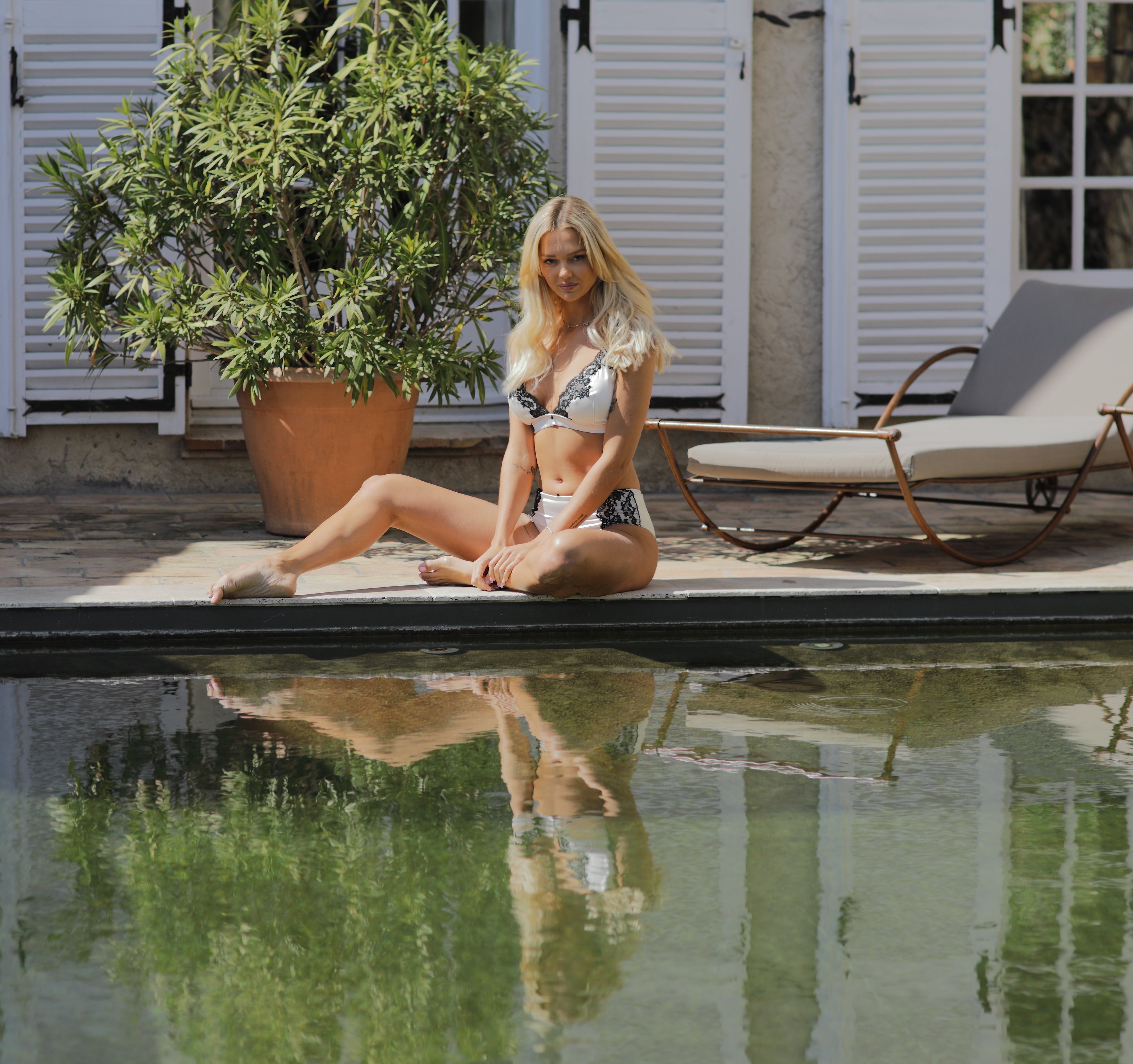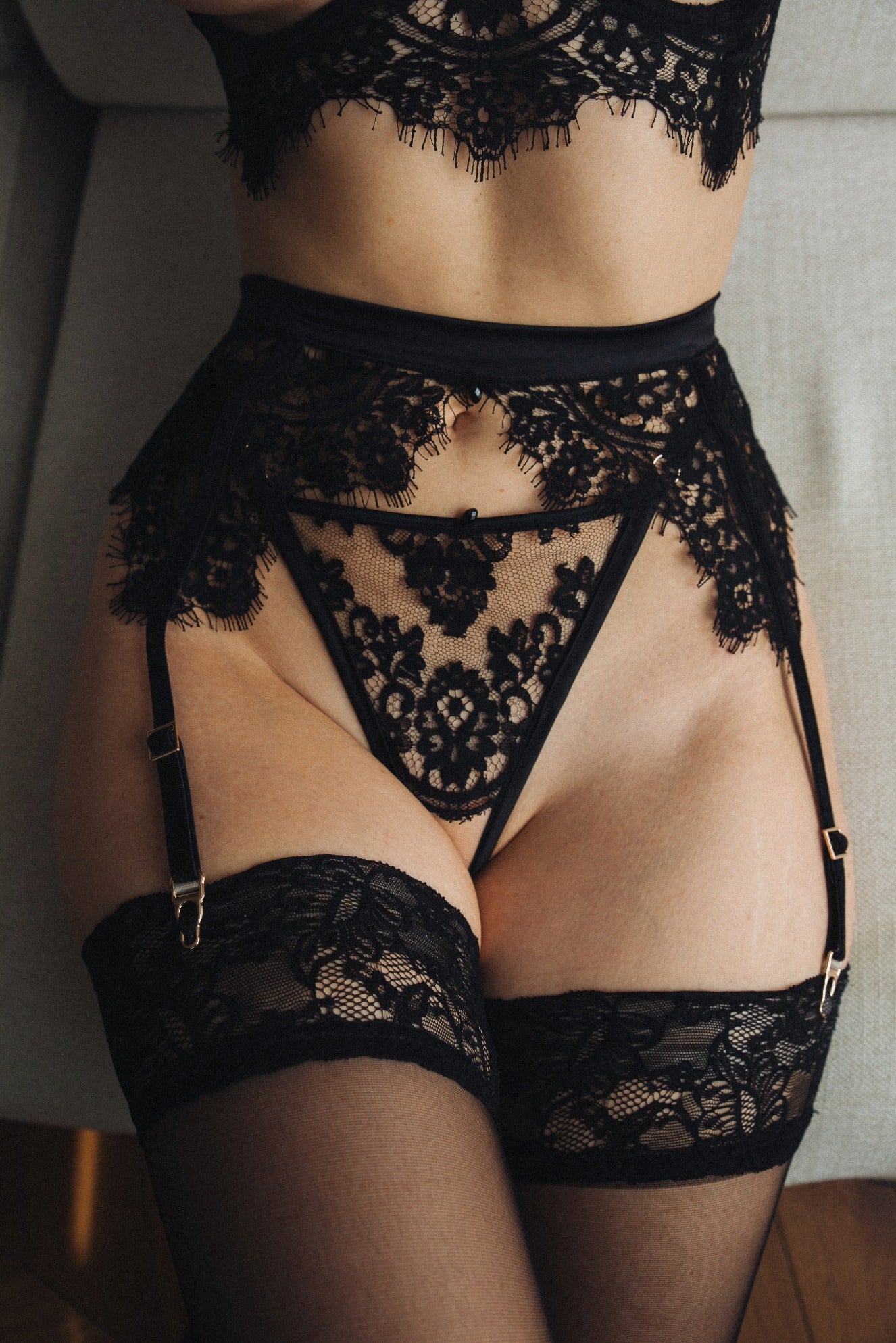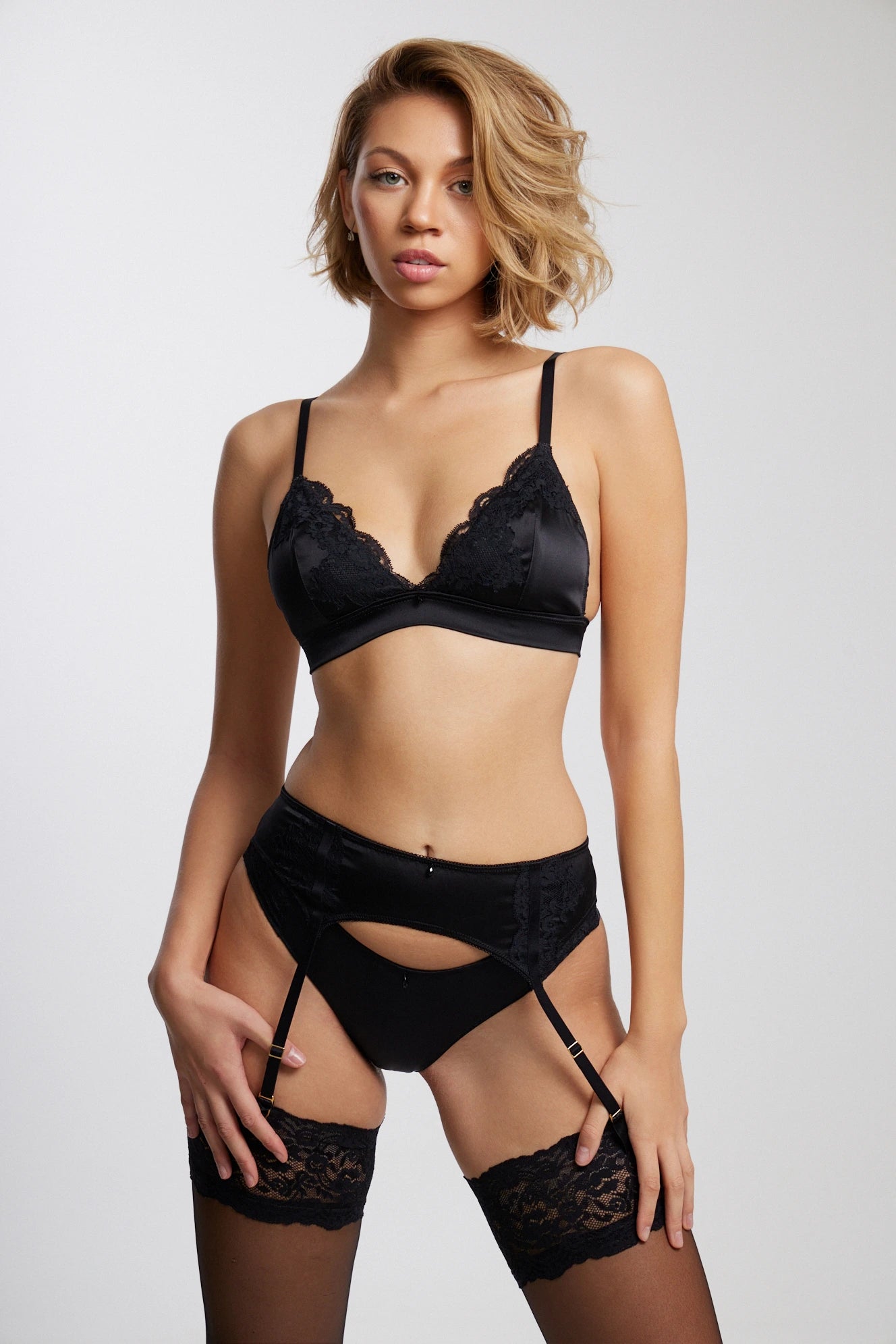Article: What materials are primarily used in lingerie?

What materials are primarily used in lingerie?
Lingerie offers a wide range of materials
To bring you more softness, comfort and originality, underwear brands use blends of materials to create their own collections.
Whether natural or artificial, textile fibers sometimes play an unexpected role in the quality or balance of our underwear.
Here is an overview of the main materials that make up our underwear.

Natural materials
Cotton
Cotton is a natural plant fiber from a shrub called the cotton plant, which has fluffy flowers and grows in sunny countries.
The advantages of cotton
◾ Absorbent
◾ Soft
◾ Hypoallergenic
◾ Breathable
◾ Resistant
◾ Very good fit
◾ Easy to maintain
Use of cotton
Cotton is found in pajamas, nightgowns, t-shirts… and in underwear linings. This natural material , cool and pleasant to the touch, can withstand frequent washing at high temperatures.
Cotton flowers
Wool
Natural animal fiber obtained from shearing or combing sheep, goats, cattle, rabbits…
Advantages of wool
◾ Insulating
◾ Absorbent
◾ Waterproof
◾ Breathable
◾ Antistatic
◾ Self-cleaning
Use of wool
Naturally soft and supple, insulating against the cold, wool is not widely used in lingerie per se, but rather in winter underwear such as knits, tights or socks.

Wool balls
Silk
There Silk is a natural animal fiber produced by the silkworm Bombyx mori (mulberry silkworm), which produces mucus up to 2 kilometers long. Silk is used pure or blended with other materials to create elegant, soft, durable, and lustrous garments.
Advantages of silk
◾ Thermoregulating
◾ Hypoallergenic
◾ Breathable
◾ Hypoallergenic
◾ Lightweight
◾ Fluid
◾ Solid
◾ Durable

Use of silk
Silk is delicate and luxurious; it is a popular material in lingerie .
It can be found in the composition of bras, nightgowns and negligees, or even in high-end ready-to-wear clothing.
Flax
Natural flax fibers are cultivated in small quantities, primarily on the coasts of Western Europe (France, Belgium, and the Netherlands). This long fiber requires very little water and fertilizer. It is an ecological, precious, and silky fabric .
Advantages of flax
◾ Ecological
◾ Thermoregulating
◾ Breathable
◾ Hypoallergenic
◾ Lightweight
◾ Absorbent ◾ Solid
◾ Durable
Use of flax
Just like wool, linen is also not widely used in underwear, but rather as an underlayer of clothing.

Flax flowers
The Ramie
Ramie fiber produces a lustrous and soft textile, nicknamed "vegetable silk." Ramie is usually blended with linen or wool and is used in some garments, such as shirts or summer clothing.
Advantages of ramie
◾ Ecological
◾ Rot-proof
◾ Antibacterial
◾ Absorbent
◾ Resistant
◾ Durable

Use of ramie
Like linen , ramie fabrics are valued for their lightness and coolness in summer.
Their exquisite, elegant and refined appearance goes hand in hand with chic and beautiful clothing and underwear such as light dresses and coloured tops in warm weather.
Artificial Materials
The modal
This artificial fiber of natural origin is obtained primarily from the cellulose of beech wood. Modal is highly valued for its exceptional softness and silky feel.
Advantages of the modal
◾ Highly absorbent
◾ Ultra soft
◾ Wrinkle-free
◾ Does not shrink
◾ Does not discolor
◾ Very good wash resistance
◾ Versatile
◾ Natural appearance

Use of the modal
The cotton + modal blend offers a luxurious and ultra-soft feel, highly valued in underwear, especially men's boxer shorts and women's lingerie with ultra-soft lace .
Modal is a lightweight and smooth material, commonly used to design summer clothing, fashionable sportswear, and even loungewear such as shirts, pajamas, and robes.
Viscose
Also called "Artificial Silk", viscose is a naturally sourced fiber derived from the cellulose of certain trees or plants, such as bamboo.
Advantages of viscose
◾ Silky appearance
◾ Very resistant
◾ Wrinkle-free
◾ Increased shine
◾ Bright and long-lasting colors
◾ Quick drying

Viscose
The lyocell
Lyocell, an eco-friendly artificial fiber, is made from eucalyptus, bamboo, and pine pulp; trees that consume very little water. It is transformed into textile fibers using low-pollution processes and recyclable natural solvents.
Advantages of lyocell
◾ Biodegradable
◾ Antibacterial
◾ Hypoallergenic
◾ Highly absorbent
◾ Breathable
◾ Thermoregulating
◾ Refreshing
◾ Resistant
◾ Durable

Use of lyocell
Lyocell has a pleasant feel, somewhere between cotton and silk.
More and more underwear brands are starting to use Lyocell to produce ultra-soft and comfortable underwear with the special feature of perfect temperature regulation.
With its ecological virtues and growing popularity, there is no doubt that Lyocell has achieved successful results.
Synthetic materials
Polyester
Synthetic fiber obtained by chemical transformation of a plastic material and converted into fabrics of varying appearance and uses: thin or thick, rigid or flexible
Advantages of polyester
◾ Versatile
◾ Extendable
◾ Wrinkle-free
◾ Easy to maintain
◾ Dries quickly
◾ Does not fade
◾ Reinforces underwear

Polyester
Use of polyester
Polyester fiber is versatile and allows for innovation in creating various materials, such as lightweight voile for beach dresses, tulle for bras, microfiber for pajamas and satin for nightgowns, wool for bathrobes and fur for dressing gowns.
Polyamide (nylon)
Polyamide is a synthetic fiber derived from the petrochemical industry using a manufacturing process similar to that of polyester. Polyamide is very lightweight, has good elasticity, and long-term durability. It is also a waterproof and highly breathable material , making it very useful in textile design, especially for sportswear and beachwear.
Advantages of polyamide
◾ Wrinkle-free
◾ Very sturdy
◾ Lightweight
◾ Elastic
◾ Non-deformable
◾ Breathable
◾ UV resistant
◾ Sweat-resistant
◾ Durable
◾ Ultra-fast drying
Use of polyamide
Polyamide is widely used in women's underwear to form a strong, shiny veil for stockings and tights, a strong mesh for swimwear, satin for nightgowns, microfiber for bras or bra cups...

Satin fabrics in polyamide
Elastane
Elastane is a synthetic fiber derived from polyurethane, a molecule originating from petroleum. Advantages of elastane
◾ Very elastic
◾ Flexible
◾ Solid
◾ Antistatic
◾ Silky touch
◾ Wrinkle-free
◾ Quick drying
Use of elastane
Elastane is a type of elastic fiber found in almost all underwear, which can provide better comfort , a nice fit, and greater material strength.
Even in swimwear, bodysuits, molded underwear and maternity wear, which require elasticity and firmness to be foolproof, there is a high percentage of elastane.

Polyester and elastane fabric






